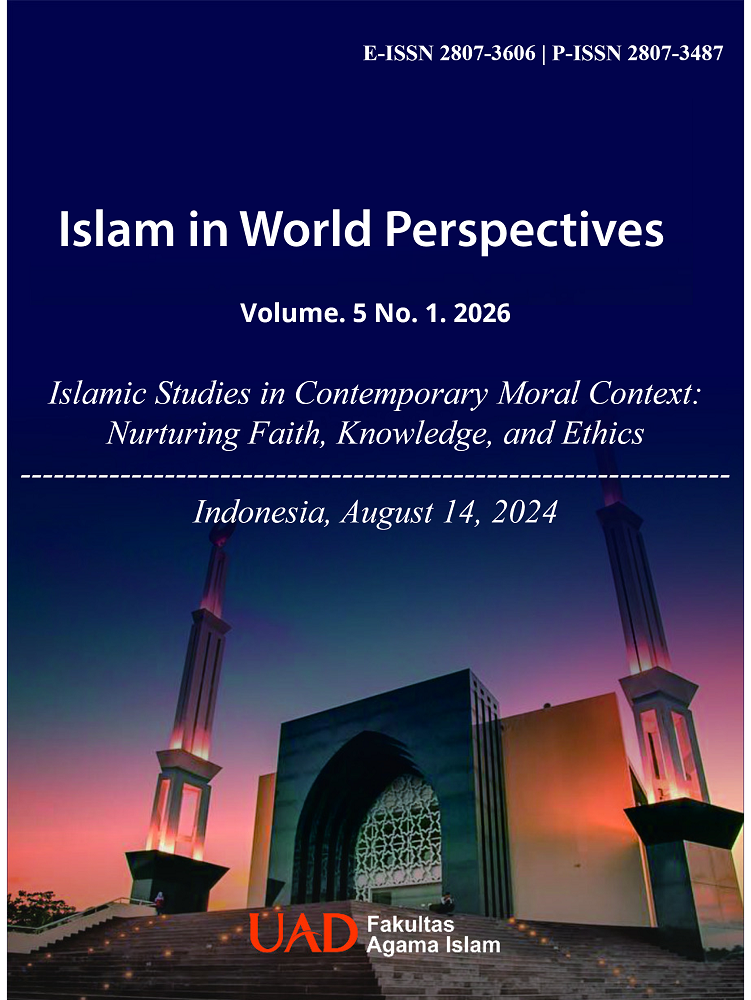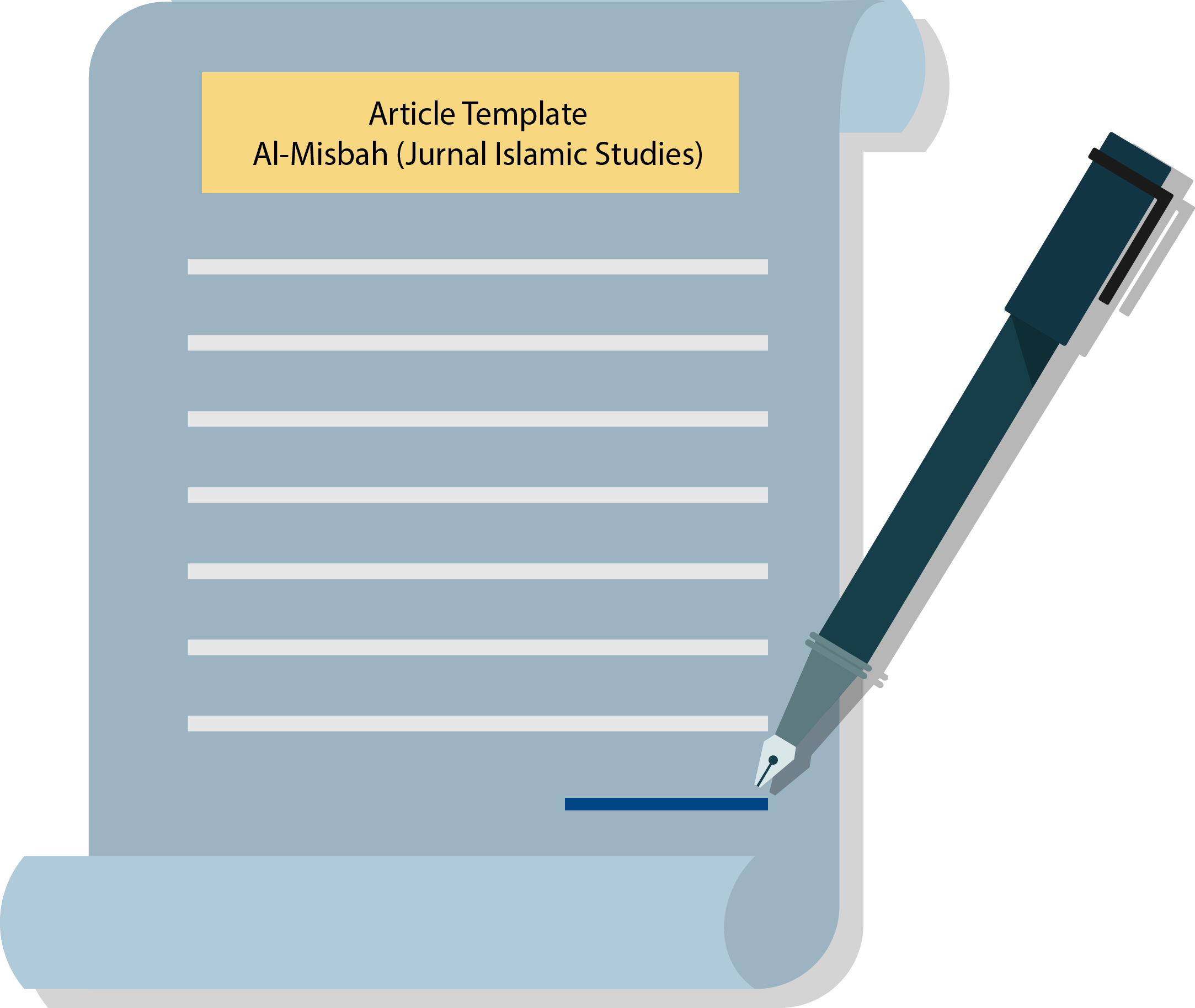Methods and characteristics of writing the books of shia ulama
Abstract
Shia is a sect in Islam that emerged after the tahkim incident during the companions era. The change in the motivation of Ali bin Talib’s supporters from a political movement to a theological movement gave rise to a new teaching, namely imamate or believing that there were twelve caliphs after the Prophet Muhammad. This had an impact on the emergence of a new style in the hadith tradition and interpretation of the qur’an, through the intermediary of Shia muhadists and their books such as al-Husain ibn Sa'id who wrote the book Al-Mukmin and the Shia mufasir and his book Abu Zahrah who wrote the book Minal I'jaz Al-Balaghy Wal Adady Lil Qur’an. Even though they have the same background, they both have different methods and characters in writing books and presenting Shia teachings. Like al-Husain ibn Sa’id who does not mention much in his book about Shiite teachings, but rather general discussions that are often encountered by the public. Meanwhile, Abu Zahrah mentions a lot in his book about Shiite teachings, especially those related to the number 12 and the teachings of the Imamate.
Downloads
Published
Issue
Section
License
Copyright (c) 2024 Muhammad Hasnan Nahar

This work is licensed under a Creative Commons Attribution-ShareAlike 4.0 International License.
Authors who publish with Islam in world perspectives agree to the following terms:
- Authors retain copyright and grant the journal right of first publication with the work simultaneously licensed under a Creative Commons Attribution License (CC BY-SA 4.0) that allows others to share the work with an acknowledgment of the work's authorship and initial publication in this journal.
- Authors are able to enter into separate, additional contractual arrangements for the non-exclusive distribution of the journal's published version of the work (e.g., post it to an institutional repository or publish it in a book), with an acknowledgment of its initial publication in this journal.
- Authors are permitted and encouraged to post their work online (e.g., in institutional repositories or on their website) prior to and during the submission process, as it can lead to productive exchanges, as well as earlier and greater citation of published work.

This work is licensed under a Creative Commons Attribution-ShareAlike 4.0 International License.



